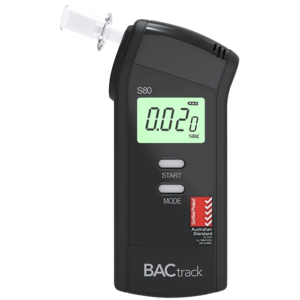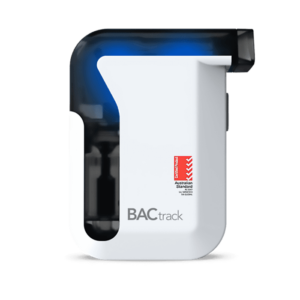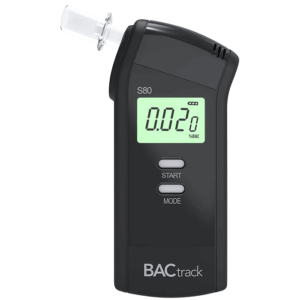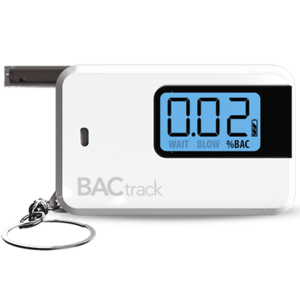RBT Breathalyzer: Definition, Legal Implications, And Operation Guidelines
12 October, 2023
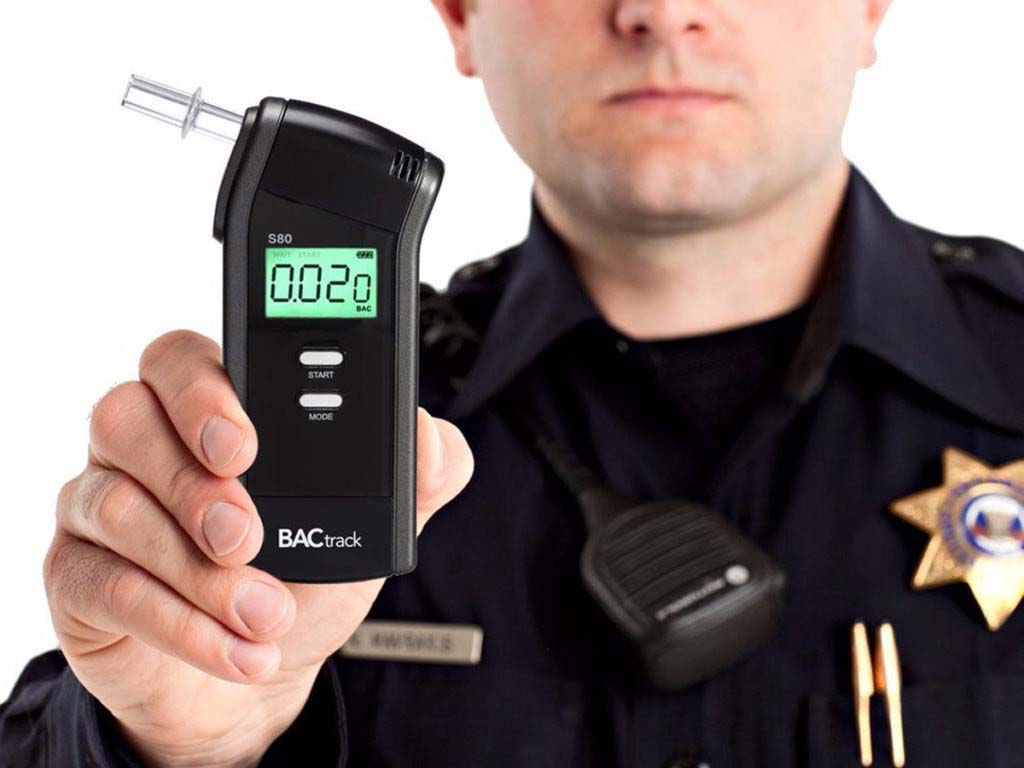
A Random Breath Test or RBT breathalyzer is a device used to measure a person’s Blood Alcohol Concentration (BAC). It can determine if a person is over the legal limit for driving, which can have serious consequences. These include fines, licence suspension, alcohol interlock, or imprisonment. When using the RBT device, individuals should warm up the device, blow into it, and wait for the result. This device determines if a person is under the influence of alcohol.
Impaired driving is one of the top reasons for public road accidents. Alcohol affects a person’s physical and cognitive functions, making it difficult to control a vehicle. Even a small amount of alcohol can slow down reaction time and coordination. Therefore, the government has implemented stricter alcohol and drug testing laws. This article will explain the functions and legal implications of RBT devices, including their proper usage.
What is an RBT Breathalyzer
An RBT breathalyzer is a handheld electronic device that law enforcement uses to measure a person’s BAC from their breath. It operates by analysing the alcohol content in the exhaled breath, indicating whether the individual is above the legal limit for driving. RBT breath testers help in ensuring road safety by deterring drink driving and preventing accidents caused by intoxicated or drink drivers.
Compared to personal breathalyzers, RBT devices are more accurate due to legal requirements. They often use high-quality sensors, such as fuel cell sensor technology, that are sensitive to low levels of alcohol. Law enforcement needs precise measurements to have trustworthy evidence in court. As a result, these devices are calibrated and maintained regularly to meet stringent accuracy standards.
Police officers have widely used RBT tools since the implementation of random breath testing programs, which began in the 1970s. These programs allow them to conduct random breath tests on drivers without any suspicion of intoxication. Consequently, RBT devices have proven effective in reducing the number of drink driving incidents.
How It Works
- The RBT device uses advanced breath alcohol detection technology to measure the concentration of alcohol in a person’s breath.
- The electronic technology inside the breathalyzer collects and analyses the breath sample when a person exhales into it.
- The breath analysis machine converts the breath sample into a blood alcohol content reading.
- The breath tester compares the BAC reading to the legal limit set by authorities. This determination decides whether the person is over the limit.
- If the breathalyzer detects a positive reading over the limit, the driver can face penalties. Therefore, it is essential to understand the legal implications of failing an RBT.
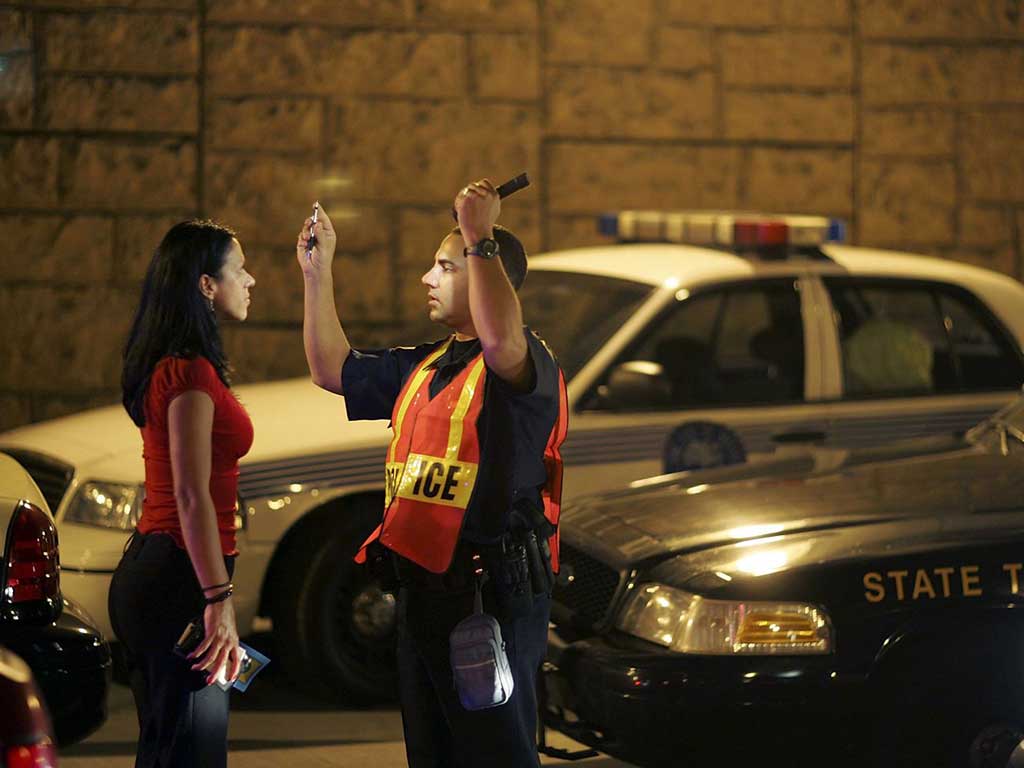
Legal Implications of Using an RBT Breathalyzer
The legal implications of failing an RBT breathalyzer test can be quite severe. In many countries, drink driving is a serious criminal offence. A person found to be over the legal alcohol limit may face penalties. These include fines, a driver’s licence disqualification period, an interlock device program, and imprisonment. Moreover, penalties may vary based on factors such as breath sample alcohol level, prior offences, and aggravating circumstances.
In New Zealand, strict laws surround breath testing for drivers suspected of driving under the influence of alcohol (DUI). The Land Transport Act 1998 empowers law enforcement officers to conduct breath tests on drivers if they have a reasonable belief. Aside from failing roadside breath testing, a driver who refuses to take one can face more serious consequences.
To avoid the penalties, drivers should follow best practices. They must refrain from drinking and driving, plan alternative transportation, and educate themselves about its effects on the body. In addition, they can use personal breathalyzers to check alcohol levels before driving. By being responsible and adhering to the law, individuals can help keep themselves and other road users safe.
Penalties for Refusing a Breath Test
Refusing a breath test is a separate offence and carries its own set of consequences. These may include an automatic driver’s licence suspension, typically for a specified period of time. Additionally, a refusal can result in hefty fines and even potential jail time.
It is important to note that these heavy penalties are in addition to any consequences for a drink driving charge. Refusing a breath test can create a presumption of guilt in some countries. However, drivers have the option to seek legal advice when confronted with legal repercussions regarding the refusal of a breath test.
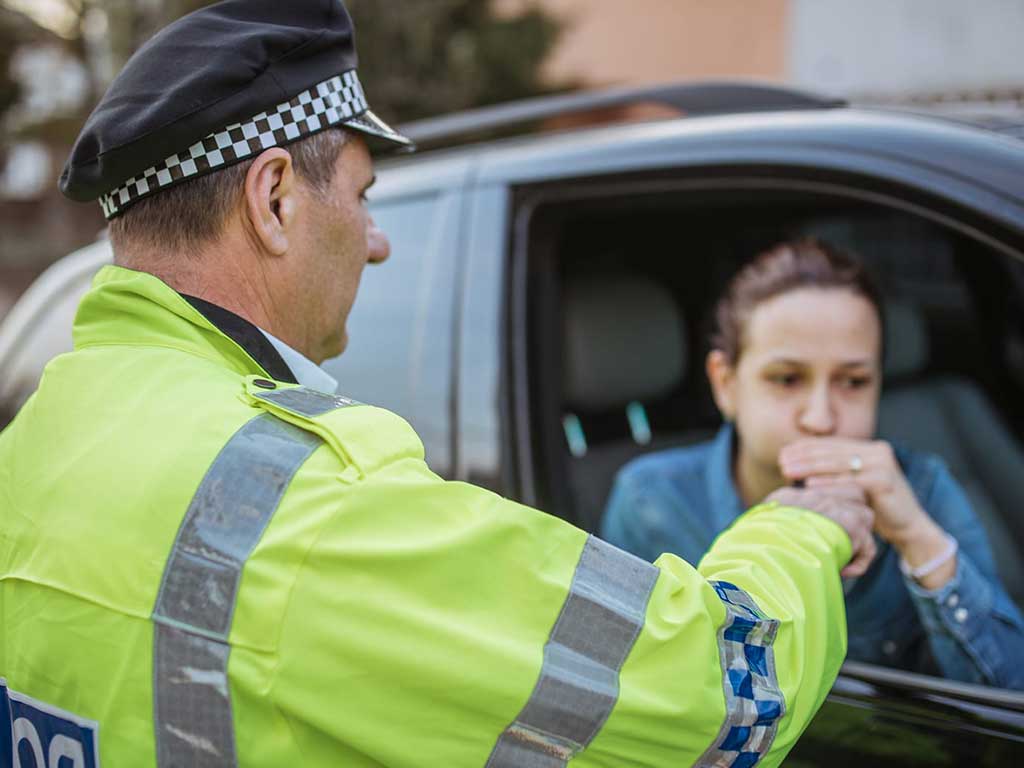
How to Use an RBT Breathalyzer
The process of using an RBT breathalyzer typically involves the following steps. Firstly, when a vehicle is pulled over, the officer will ask the driver to provide a breath sample by blowing into the device. Secondly, they will inform the driver of the purpose of the test and explain that it is mandatory.
Thirdly, they will instruct the driver to place their lips tightly around the mouthpiece of the breath-testing device. Typically, the device will have clear instructions displayed for the driver to follow. Lastly, the driver will be directed to take a deep breath and blow steadily into the breathalyzer until instructed to stop.
The officer takes appropriate action based on the alcohol reading. If the result shows the driver is under the limit, they are free to continue their journey. However, if the reading is above the legal limit, the police may proceed with further investigation. This includes administering additional tests or issuing a drink driving charge. Overall, using breath test devices is simpler and less invasive than urine or blood tests. It is ready for use with a simple power button press.
Factors that May Influence the Results
There are some factors that influence the breathalyzer readings. For instance, improper usage. This happens when the individual does not provide enough breath samples into the device or does not maintain the required blow time. It is crucial for users to follow the proper instructions provided by the manufacturer to ensure accurate readings.
Moreover, the presence of mouth alcohol and the individual’s metabolic rate. If there is residual alcohol in the mouth, such as using mouthwash, it can artificially increase the breath test reading. Additionally, variations in metabolism can result in different readings even if the alcohol consumed is the same.
Conclusion
The RBT breathalyzer, a vital tool in law enforcement, ensures road safety by detecting alcohol levels accurately. Failing an RBT test carries severe legal consequences, including fines, licence suspension, and imprisonment. To avoid such penalties, individuals must abstain from drinking and driving, plan alternative transportation, and stay informed about alcohol’s effects. Responsible choices not only protect them but also contribute to the safety of fellow road users.
Using an RBT device involves the driver providing a breath sample, following clear instructions, and blowing steadily into the device. If the reading is below the legal limit, the driver can proceed; otherwise, further investigation may occur. However, factors like improper usage, mouth alcohol, and variations in metabolism can influence results. Therefore, proper usage and understanding of these factors are vital to ensure precise outcomes in breathalyzer tests. This helps maintain road safety and enforce alcohol-related driving laws effectively.



















